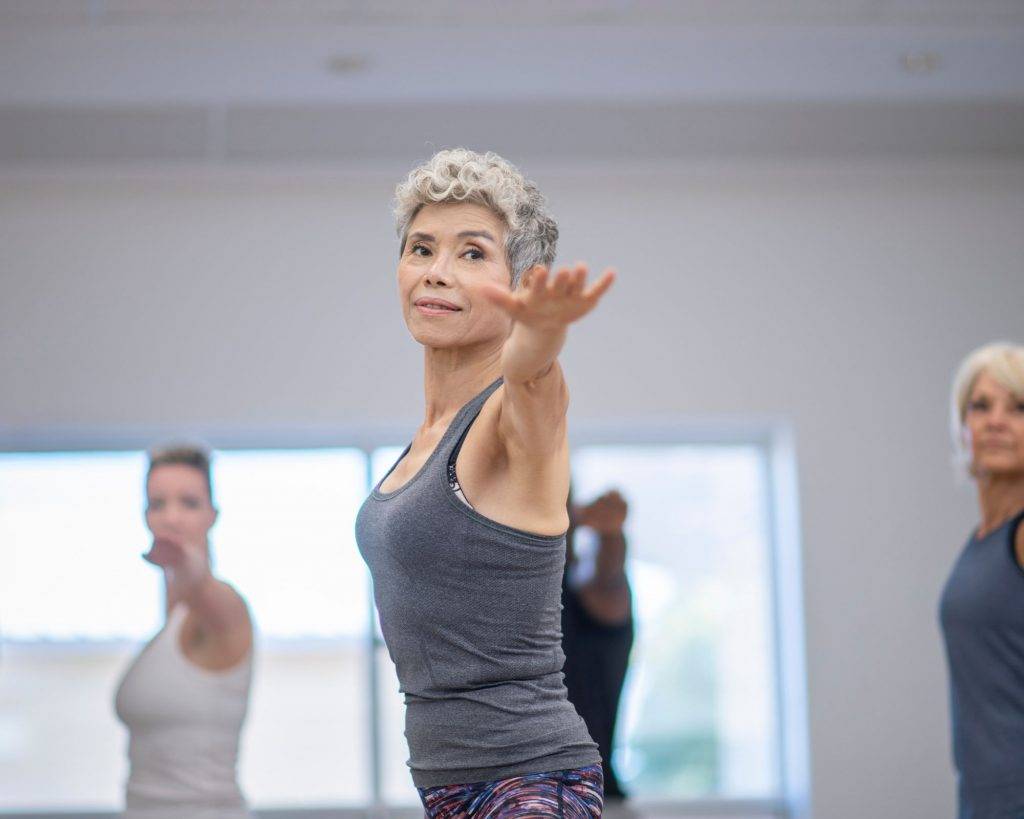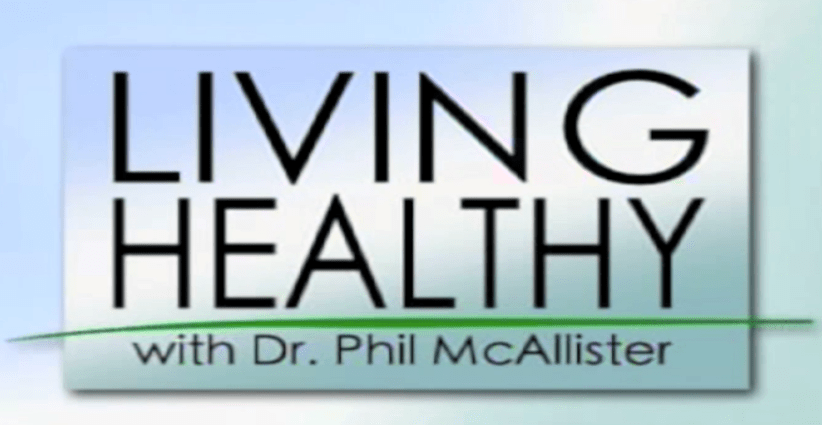Why is Balance So Important?
So, you’re aware of how important exercise is for your health, and we are constantly reminded about doing cardio, strength, and flexibility workouts, but there’s one extremely important area that’s often left out, Balance.
When Balance is crucial for overall health and wellbeing. Being able to engage your muscles and keep in control in upright activities requires many different systems in your body to interact. The ability to balance helps you safely perform at your best in everyday activities, including while exercising. Your muscles, joints, visual system, and vestibular system all must work together to help you stand, walk, or run safely.

But even more importantly, you need good balance for basic daily tasks like putting away groceries, going up and down stairs, standing and walking!
Life gets busy and carving out more time for a special balance workout can be tough. To effectively improve your balance, it is necessary to continually challenge yourself by creating situations that challenge your balance system. So here are a few easy ways to help boost your balance, that can be done almost anywhere, any time.

Standing on one leg – Balance Exercise #1
This exercise is great to do when you’re in line at the grocery store… or just hanging around the kitchen waiting for the teapot to boil.
What To Do: Stand with your feet together and arms at your sides. Raise one foot in front of you, about 6-8 inches off the ground. Look down at your foot and count to ten (one-one-thousand, two-one-thousand, etc.). Hold for ten seconds, then lower your foot. Repeat with your other foot. If you’re having trouble making it to ten, start with 5 seconds and work your way up.
Challenge Yourself: If 10 seconds is easy for you, try it with your eyes closed.
Walking Heel-to-Toe – Balance Exercise #2
I know it sounds easy, but this heel-to-toe exercise really works your balance! And you can do it anytime you’re walking.
What To Do: Place one foot directly in front of the other, with the heel of the front foot against the toe of the back foot. Look straight ahead and take a step — again, heel to toe. Repeat this for 10 steps.
Challenge Yourself: If you want to work harder, add some weight to only one side a 5lb dumbbell or soup can to offset your balance more.
Back Leg Raises – Balance Exercise #3
This exercise is a great way to get your balance workout in while you watch TV.
What To Do: Stand behind a chair or your couch, and hold on for balance. Slowly lift one leg straight back without bending your knee or pointing your toes and hold it for 1 second. Repeat the same leg 10 times, then switch to the other leg. Try not to lean forward when you raise your leg. This exercise strengthens your glutes and lower back, which helps your overall ability to balance.
Challenge Yourself: Try this without holding onto the chair, if that becomes easy try it with your eyes closed.
A Word from Forward Health:

After an injury, illness, or surgery, your functional mobility may be limited, and you may have difficulty moving around. Impaired balance may be one variable that affects your functional mobility. It’s a good idea to work closely with your health care professional and by progressing appropriately through basic to advanced balance exercises so that you can safely and quickly return to your optimal level of function.
Dr. Phil McAllister is a licensed chiropractic doctor who focuses on restoring normal body functions after injuries happen. Dr. Phil McAllister specializes in advanced pain elimination therapies, expertise in complex cases, uses progressive cutting-edge therapies, and functional rehabilitation procedures. Dr. Phil addresses the cause of your pain, not just the symptoms. He has a genuine concern for his patient’s health, and he provides high quality care to his patients. We are available to meet with you to discuss your needs.

The information is not intended to provide or be a substitute for professional medical advice, diagnosis, or treatment.
It is for informational purposes only.
.

